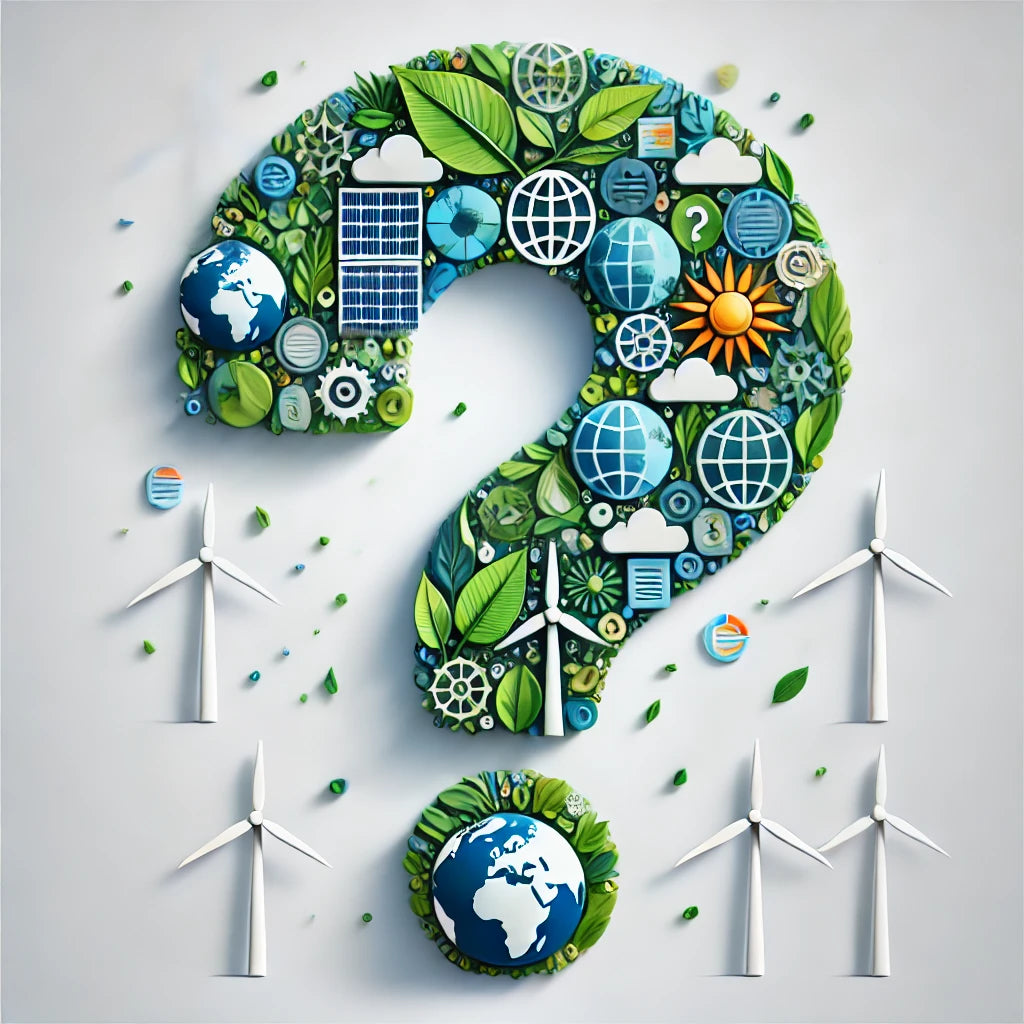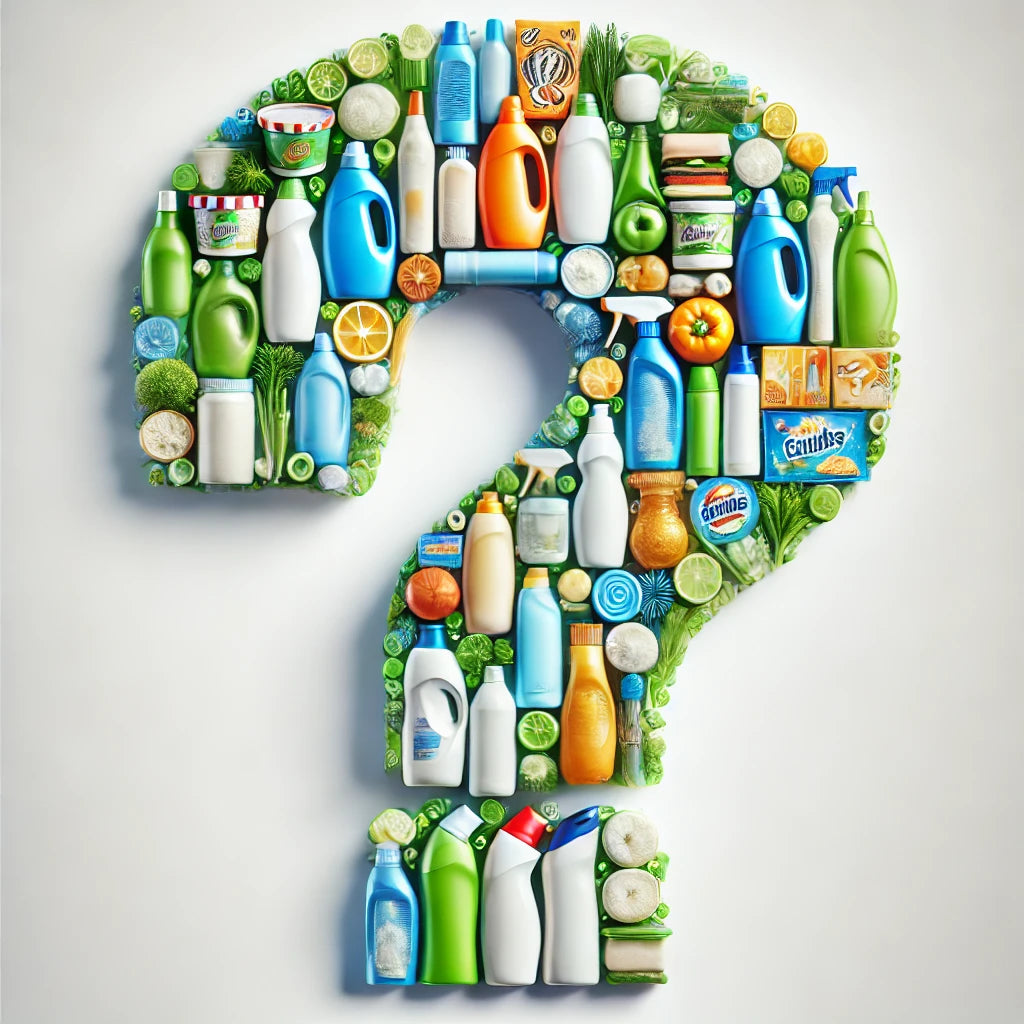What is Greenwashing?
Greenwashing occurs when companies make misleading claims about their environmental efforts, often emphasizing sustainability in marketing while failing to address their overall environmental impact. In Starbucks' case, greenwashing could mean focusing on eco-friendly initiatives, such as recyclable cups, while downplaying or ignoring the company’s larger environmental footprint, including single-use plastics and high carbon emissions from coffee production and transportation.
Starbucks’ Sustainability Initiatives
Starbucks has introduced several sustainability programs over the years. One of the most notable is its goal to become "resource positive," which means giving back more than it takes from the environment. The company has committed to reducing its carbon, water, and waste footprints by 50% by 2030. Starbucks has also introduced reusable cup programs, encouraging customers to bring their own mugs to reduce the need for single-use cups.
Another key initiative is Starbucks’ ethical sourcing program. Through partnerships with organizations like Conservation International, the company claims that 99% of its coffee is ethically sourced, meaning that it meets standards related to environmental protection and fair labor practices.
The Positive Moves
Starbucks has indeed made some positive strides in its sustainability efforts:
- Reusable Cups and Recycling: Starbucks has promoted the use of reusable cups for years and has tested various initiatives to reduce single-use cup waste, including offering discounts to customers who bring their own cups. In some regions, Starbucks has introduced fully recyclable cups and lids.
- Ethical Sourcing: Starbucks’ commitment to ethically sourced coffee is a notable achievement. By partnering with third-party organizations, the company has created guidelines that ensure coffee farmers meet specific environmental and social criteria.
- Greener Stores: Starbucks has committed to building more "green" stores, designed to reduce energy and water use. These stores also prioritize sustainable materials in construction and operations, contributing to a lower environmental impact.
These initiatives show that Starbucks is serious about improving its sustainability practices, but are they enough to balance out the environmental toll of operating a massive global coffee chain?
The Contradictions and Concerns
While Starbucks has made real efforts toward sustainability, there are several contradictions that raise concerns about the company's overall environmental impact:
- Single-Use Plastics: Despite promoting reusable cups, Starbucks continues to rely heavily on single-use plastic cups, straws, and lids. In 2018, the company announced its plan to eliminate plastic straws, replacing them with recyclable sippy cup lids. However, these lids are made of more plastic than the original straws they replaced. Although the materials may be recyclable, the global infrastructure for recycling is inconsistent, and many of these items still end up in landfills or the ocean.
- Reusable Cup Program Shortcomings: Starbucks encourages the use of reusable cups but has faced criticism for the limited impact of this initiative. Many customers either forget to bring their own cups or are hesitant to use them, especially during the COVID-19 pandemic, when hygiene concerns caused Starbucks to temporarily pause the program.
- Coffee Production’s Carbon Footprint: Coffee production is resource-intensive, requiring large amounts of water and contributing to deforestation. While Starbucks has made efforts to source coffee ethically, the environmental impact of large-scale coffee farming, particularly in terms of carbon emissions, remains a challenge. Additionally, the transportation of coffee beans across the globe adds to the company's overall carbon footprint.
Greenwashing or Genuine Change?
So, is Starbucks greenwashing? The company has undoubtedly made important strides in areas like ethical sourcing and green building practices, but significant contradictions remain. Starbucks’ reliance on single-use plastics and its limited success with reusable cup initiatives raise questions about whether the company is doing enough to tackle the core issues contributing to its environmental impact.
While Starbucks’ sustainability goals for 2030 are ambitious, it’s unclear whether they will be able to fully transition away from harmful practices like single-use plastics and the high carbon emissions associated with coffee production. The company’s scale and business model, which prioritize global expansion and convenience, often conflict with its sustainability messaging.
At this stage, Starbucks seems to fall somewhere between greenwashing and genuine change. They have taken notable steps, but the gaps between their marketing and their current practices indicate that there’s still a long way to go before they can truly claim to be a leader in sustainability.
So, Is Starbucks Greenwashing, Greenwishing, or Greenhushing?
When it comes to Starbucks, the company seems to straddle the line between greenwashing, greenwishing, and greenhushing. While Starbucks makes big promises about sustainability and has made tangible progress in areas like ethical sourcing and greener stores, its continued reliance on single-use plastics and high-carbon coffee production raises concerns. The company’s ambitious goals for 2030 could reflect greenwishing—a desire to be more sustainable, but without enough current action to back it up. At the same time, Starbucks often avoids addressing the full scope of its environmental challenges, which may suggest a level of greenhushing—downplaying the real scale of the issues at hand. Ultimately, Starbucks’ sustainability efforts show potential, but they still need to bridge the gap between aspiration and measurable progress.
Sources:
Forbes: Starbucks and Sustainability: Progress or Greenwashing? https://www.forbes.com/sites/ninazeiler/2020/10/13/starbucks-and-sustainability-progress-or-greenwashing/
The Guardian: Starbucks Sustainability Claims https://www.theguardian.com/environment/2021/sep/30/starbucks-greenwashing-sustainability
World Wildlife Fund: Coffee’s Environmental Impact https://www.worldwildlife.org/industries/coffee



